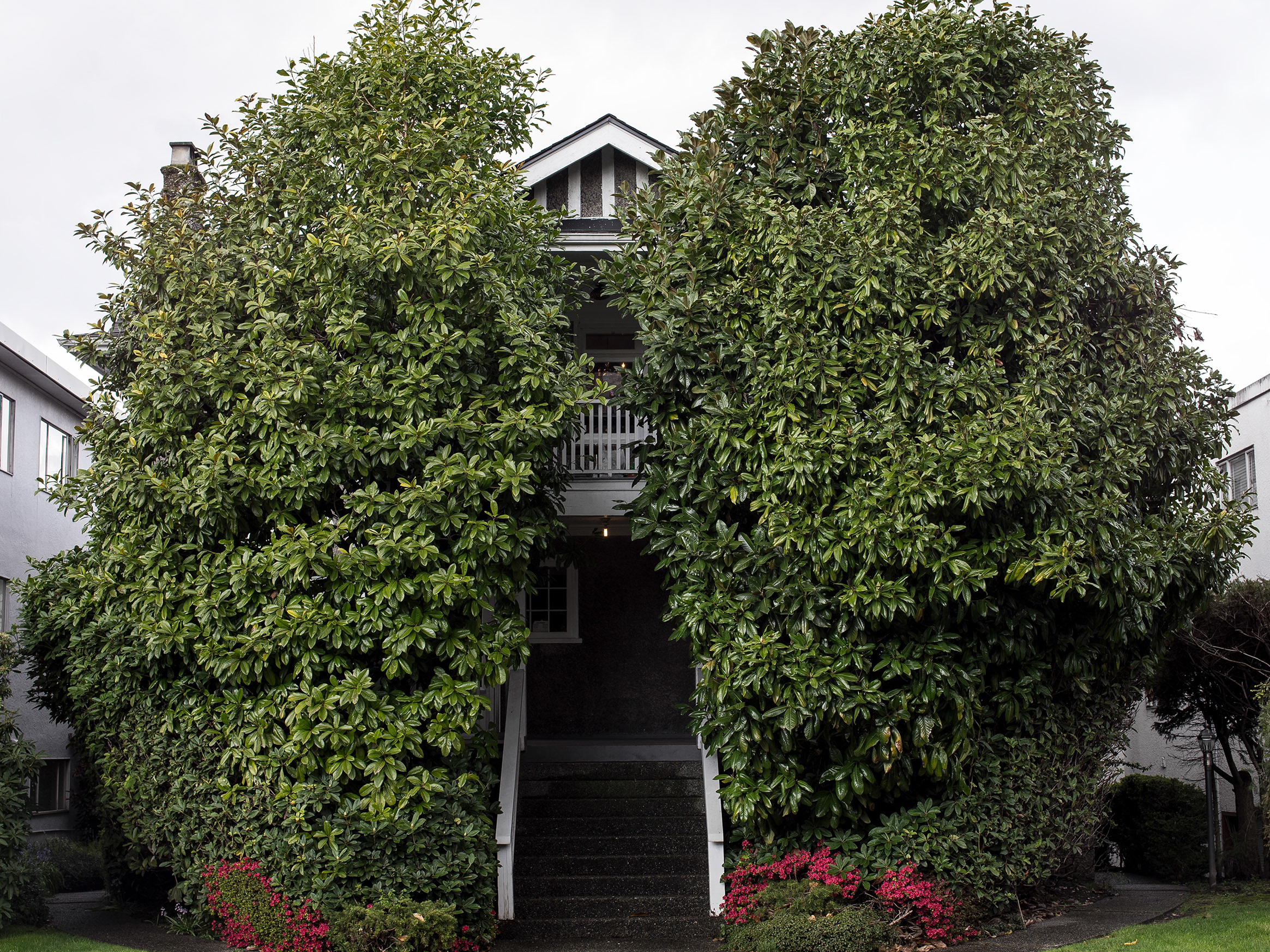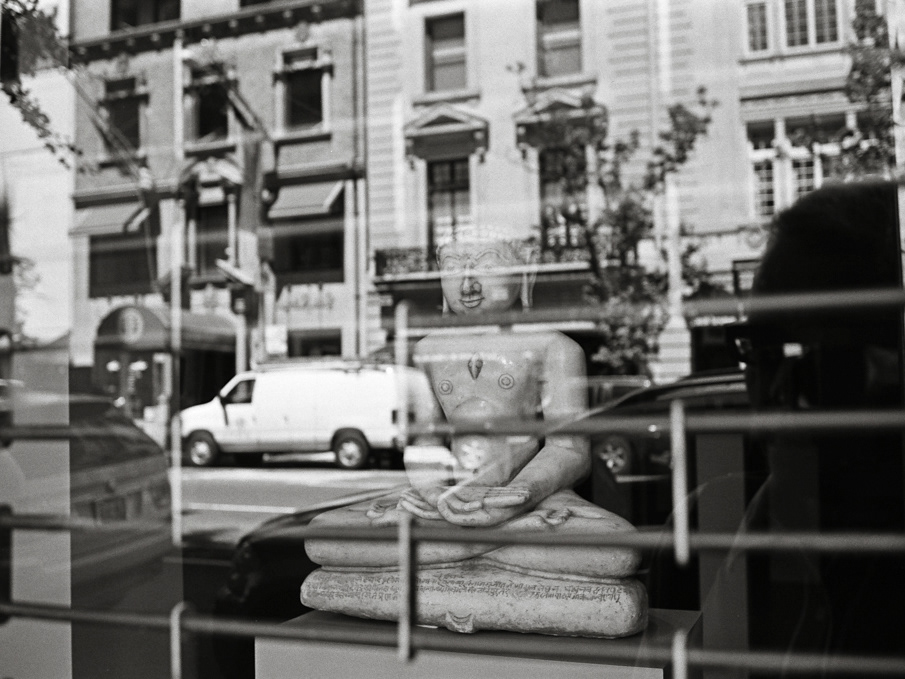When Ansel Adams wrote about his famous photograph The Black Sun, Owens Valley, California, 1939, he said that he had visualized a reversal of the sun from white to black when he remembered, “high density negative densities actually decrease with very high exposure.” The effect is called solarization and other photographers such as Minor White used it (apparently by accident in his case) and more recently Chris McCaw has been using the sun to burn paper negatives by employing a similar but longer time based method. What fascinated me about this process was that it was definitely something that was unique to film photography and could not be replicated in digital (unless you fake it, which would defeat the purpose).
Adams used Kodak Super-XX film, which he called a “fine material of ‘thick emulsion’ type.” He made a side note that modern thin-emulsion films may not respond to the reversal effect in the same way. This became evident to me when I attempted my own Black Sun photograph, only to be disappointed by being unable to make solarization work with contemporary film stocks. I tried a variety of slow films such as Ilford Pan F and Rollei Retro 25, as well as other films like Ilford HP5 and Kodak Tmax. None of them worked. My obsession with making my own Black Sun was undeterred by these failures and I started hunting eBay for Super-XX, which had unfortunately gone out of production prior to 1960 in roll film, but sheet film was still being made up until 1992. I managed to find an unopened Super-XX 4×5 film pack on eBay, which had expired in 1952! Not very encouraging, but I thought I would give it a try anyway. I had never used a 4×5 film pack so I was not sure what to expect. It was only after I received it that I realized that I needed a film pack adapter to put the pack into. Luckily, I had just purchased one recently, which I was planning to adapt into a holder for glass negatives, so I was good to go.
I packed up my Shen Hao 4×5 camera and a Schneider Super Angulon 75mm lens and set off to Spanish Banks to try my luck. It was still March and the sun was relatively low on the horizon, but since the sun doesn’t go down over the mountains in Vancouver I had improvise a semi-interesting shot. I went out onto the tide flats and pointed the camera back towards the shore to get the sun in the photo.
A 4×5 film pack holds 12 sheets of film and after each exposure you are supposed to pull the appropriate tab and the exposed sheet is pulled to the back of the pack and a new sheet is positioned for exposure. Oddly for being “thick emulsion” the negatives themselves are quite thin and require paper backing like 120 film. Click here for a cool video that shows how it works. Because the film had expired in 1952 and I had no idea in what environment it had been stored, I decided to expose the film at ISO 6 instead of the rated speed of ISO 100. I bracketed about three shots without a filter and then about three more with a dark red filter. My pretzel logic was that a filter would increase the exposure time and hopefully have more of a chance to solarize the film. It was only later that I learned it was just the non-filtered negatives produced solarization, at least in my case. After about six exposures the film pack jammed and I headed home to try and save what I had done. The next issue to rise up after I had opened up the film pack in a dark bag and retrieved the exposures was that the actual size of the negatives was slightly different from 4×5 inches. They proved to be 3 7/8 inches by 5 1/4 inches. I managed to get two negatives into my SP-445 Stearman Press processing system and developed them with Kodak HC-110 for about 10 minutes in dilution B. I got one successful shot out of the pack, which encouraged me to get another pack on Ebay and off I went to get some more Black Sun photos. Below are two more successful shots.




